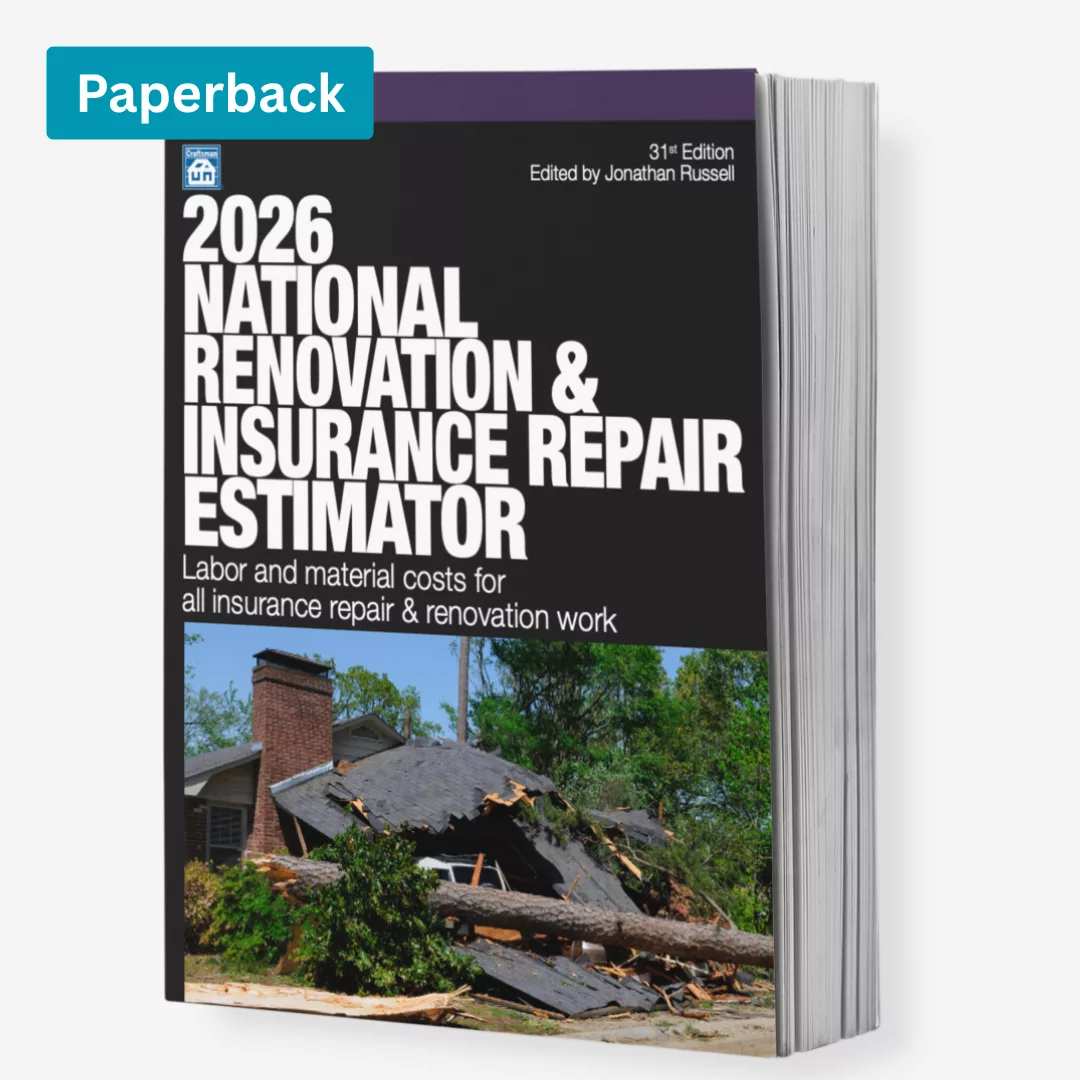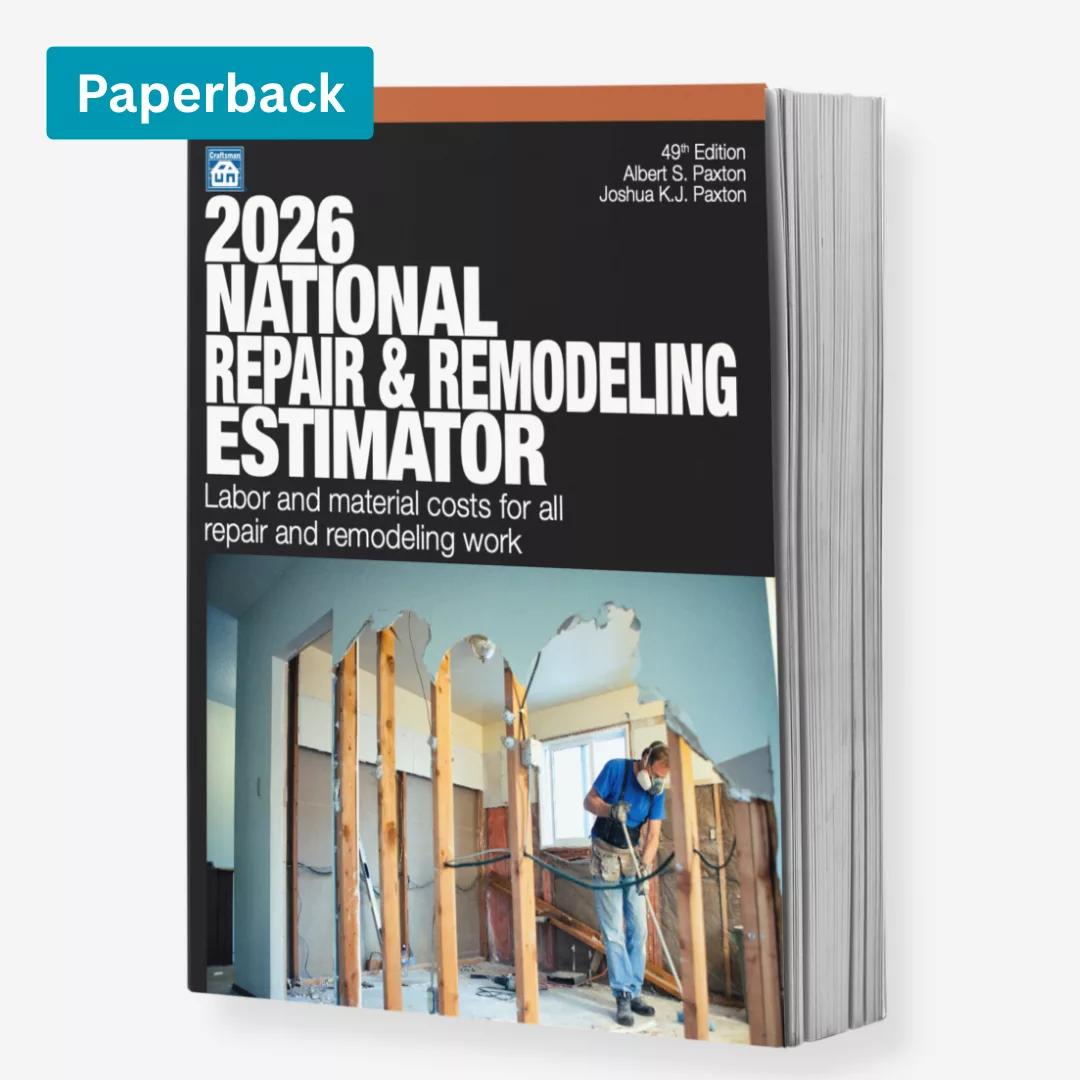What Makes a Good Estimator?

I continue to be amazed at the wide variety of estimators working in the industry today. Even more amazing is the range of opinions people have as to what they want an estimator to do and/or be capable of doing. The only consistent theme I hear is that “a good estimator should be able to write a good scope.”
I have to confess: I don’t know what that means, and I believe the people telling me that are not really sure what it means either. In developing this article I came up with three areas in regard to what I think makes up a good estimator.
- Minimum Required Qualifications
- Desired Qualifications
- Bridging the Gap
I would certainly not propose that this is all you need to find the perfect estimator. What I would propose is that it could be the start of a list that fits your situation. Whether you’re an owner or an employee, you might find it very beneficial to your long-term future to determine what makes a good estimator.
I think that it's fair to say that we're in tough economic times. A good employee never has to worry about finding a job. I hear business owners lament regularly about not being able to find enough good people. So it would seem that wherever you are, whether you are an employee or an owner, it wouldn't hurt to see how you and or your people stack up against my list or, more importantly, your list.
Minimum Required Qualifications
All of us think that we are honest people, but how do we know? How do others know we’re honest, besides our telling them we are? The easiest way that other people know we are honest is through our actions, e.g. you made people a promise that you didn’t write on the scope. They realize later that it’s not on the scope and they ask you about it. You acknowledge that you did say what they recall, even though it is not written down. You then live up to what you said to them. This kind of action goes on all of the time, and people are making judgments about you each time it happens.
How about ethics; what are yours? What are your company’s? Is there a difference between the two? If there is a difference, which do you follow? In this industry, you get asked to bend the rules sometimes. How do you handle that? Do you do the right thing? What is the right thing?
Does your estimator have high integrity? Do you talk about it with them? Do you hold them accountable for their actions? How long do you hold them accountable before you expect them to hold themselves accountable? As an estimator, do you hold yourself accountable? Are you asked to function at a lesser level than you hold yourself to? What do you do when you find yourself in a difficult situation? Do you always listen to your conscience and do the right thing?
An additional thought would be to test yourself and your management team and see what the culture is. Indeed, the management team’s culture could be defined as your company culture. From that point you could test additional people in the company to see if they fit the company culture. You might even think about using this type of test on new hires, to see if they would fit into both the company culture and their job. In talking with people who test and place people in companies, it’s believed that this expense is far cheaper than the cost of making a bad hire.

A lot of estimators seem to be more self-focused than company-focused. The reality is that the estimator represents the company whether they realize it or not and whether they want to or not. The customer considers them to be one in the same. It would seem prudent, then, for estimator and company to function as one entity. The customer is best served by both working together. In order for the estimator to be successful, the company must also be successful.
The policyholder is one of the clients in the insurance restoration business circle. The insurance company is another possible client, not to mention the agent for the policyholder and or the adjuster for the insurance company. We all know it takes a lot of effort to keep the job progressing correctly, not to mention the effort to keep any of those clients from getting upset! Each of the clients expects good customer service; it’s not a bonus, it is expected. Not having good customer service is a negative.
All members of our company need to have good people skills. The estimator is usually the first one to come in contact with the client(s) and sets the curve as to client expectations. Good people skills don’t just happen; they are taught to our company members. They are best taught by good people skills being exhibited by the all members of the company.
Estimators need to be trained and certified in the software they use. The estimate sets the stage for what and how much of the customer’s property will be repaired. Without training and certification, you run the risk of the clients not getting what they are entitled to receive in their time of loss. By being trained and certified, the estimate is able to correctly and accurately estimate the loss. As a result of that effort, the estimator has a correct basis to negotiate, can accept the loss as a job and knows what is accurate and fair to all sides.
The estimator needs to be accurate and fair to all parties of the loss. This is what good estimators do in spades. They know they need to do the right thing. Good estimators bend over backwards, at times at their own loss, to do the right thing.
The estimator needs to have a solid background in construction. This sounds so simple, but it is a critical part of their ability to do their job. Without the solid background in construction, they cannot do a fair or accurate estimate.
All of the members of your company who serve the client(s) need to be constantly working to provide the best possible service. Needless to say, just because you did your best does not mean you’ve done good enough. A good estimator has to always ensure that his best is good enough to meet the need.
Bridging the Gap: What the estimator does vs. what the estimator needs to do
The first step is to write a job description for what is needed and expected of the estimator. By setting the upfront contract from the start, both sides know what is expected of them.
The second step is to identify how the estimator can improve performance. If the estimator is tested and the differences between existing ability and needed ability are identified, then the discussion can follow as to what is needed for he or she to be a good estimator.
The third step needing to be done by the estimator and the company is to live up to and be held accountable for the job description by both the estimator and the estimator’s company. By being very clear as to the current level of performance and the needed level of performance, both entities will be aware of what needs to be accomplished.
The fourth step is to identify with the estimator the tools the estimator can use to improve his or her performance. This is a responsibility for both the company and the estimator. No one usually starts at being the best. Being the best requires constant effort and awareness of what is “good enough” and where you fall in regard to it.
Note: A new book called “Chasing the Rabbit” by Steven J. Spear does an excellent job of explaining why some companies are:
- Better than others.
- How a company can get better, and also details how…
- If you want to get better, you can.
Here’s to a good year and good profits in 2009!
Looking for a reprint of this article?
From high-res PDFs to custom plaques, order your copy today!






